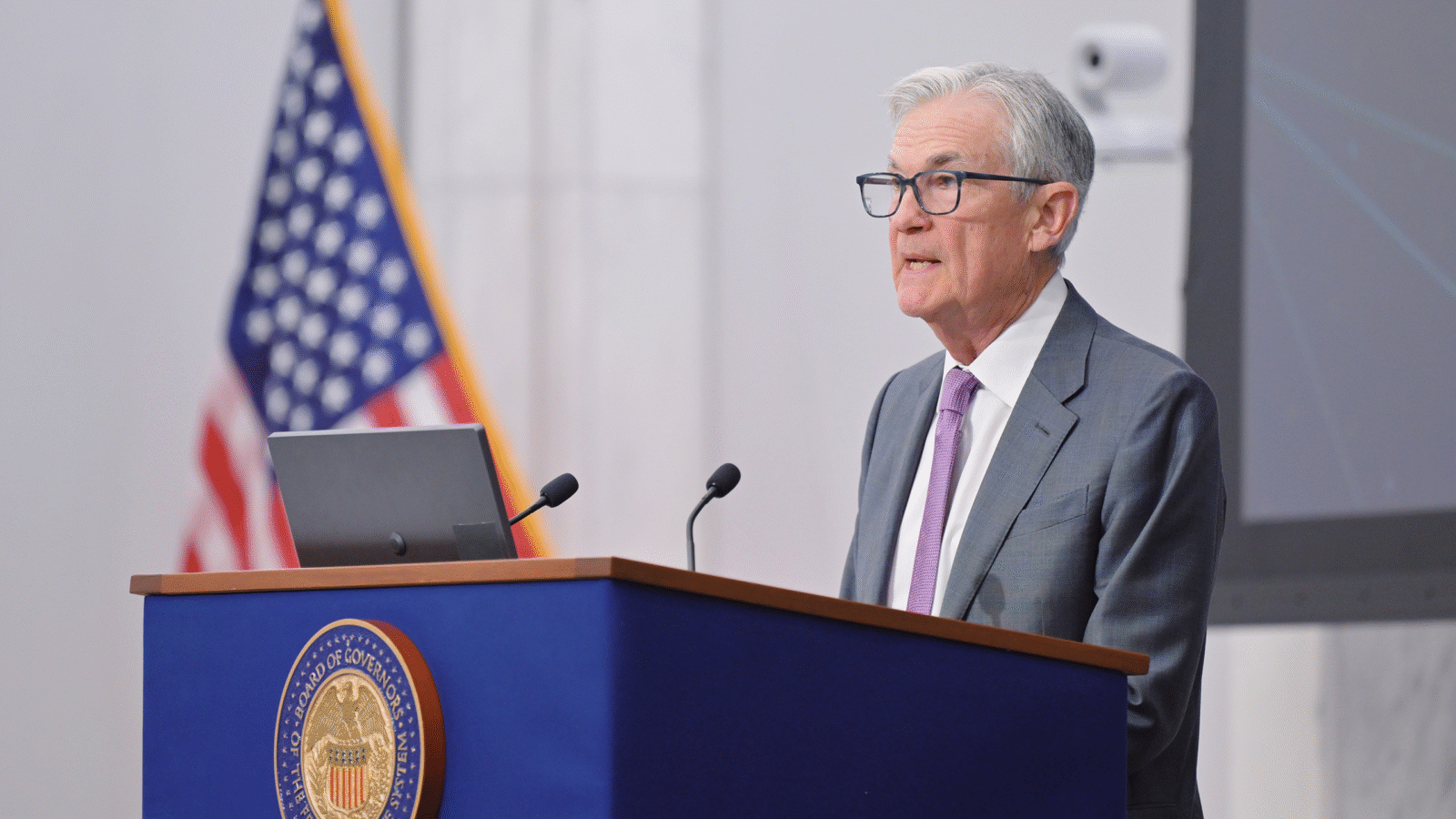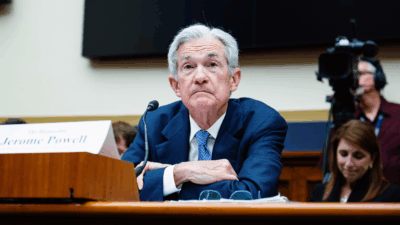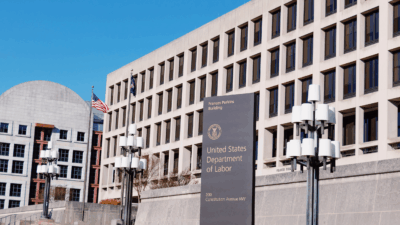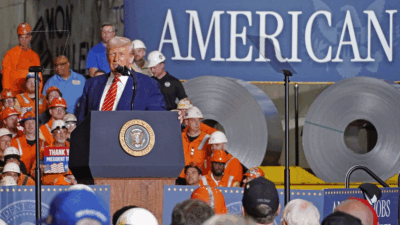
Sign up for smart news, insights, and analysis on the biggest financial stories of the day.
In the past month, consumer confidence dipped, spending growth slowed, and the U.S. trade deficit in goods and services decreased by over 4%. But there’s still one metric suggesting the economic recovery hasn’t completely lost its gusto: unemployment claims.
After a summer that saw record job openings coupled with continued high rates of unemployment, the labor market is (on some accounts) back in stride. Per the Department of Labor, jobless claims just hit their lowest level since the pandemic first turned the world on its head.
Just In Time For Labor Day
Employers, desperate to fill open positions, are avoiding layoffs at all costs to keep an adequate workforce amidst ongoing pandemic uncertainties. And workers, meanwhile, have been filling open positions at robust rates for the third straight month.
The result: according to a Labor Department report filed Thursday, weekly jobless claims fell by 14,000 in the last full week of August, dipping to 340,000. The positive momentum marks another step on the long journey back to pre-pandemic normalcy:
- In Spring 2020, weekly unemployment claims surged into the millions, a concerning rise from their 2019 average of just 218,000. While still elevated by 2019 standards, weekly claims have improved dramatically this summer.
- Roughly 720,000 jobs were added to payrolls in August, according to estimates provided by economists to the Wall Street Journal. And in both June and July, over 930,000 Americans found new jobs.
Despite all the progress, there’s still a total discrepancy of 5.7 million jobs between July 2021 and February 2020, when COVID still lived primarily in international news headlines.
An End To Enhancements: Another anticipated twist in the ongoing unemployment saga may end up more of a nothing-burger. On Monday, the federal government’s $300 weekly enhancement to unemployment benefits is set to expire. But governors in exactly half the states in the union started cutting those benefits as early as May, with no impact on jobless claims seen thus far. According to The Wall Street Journal, payroll increased 1.33% in July from April in the 25 states that ended benefits, and 1.37% in the 25 states that kept them.











